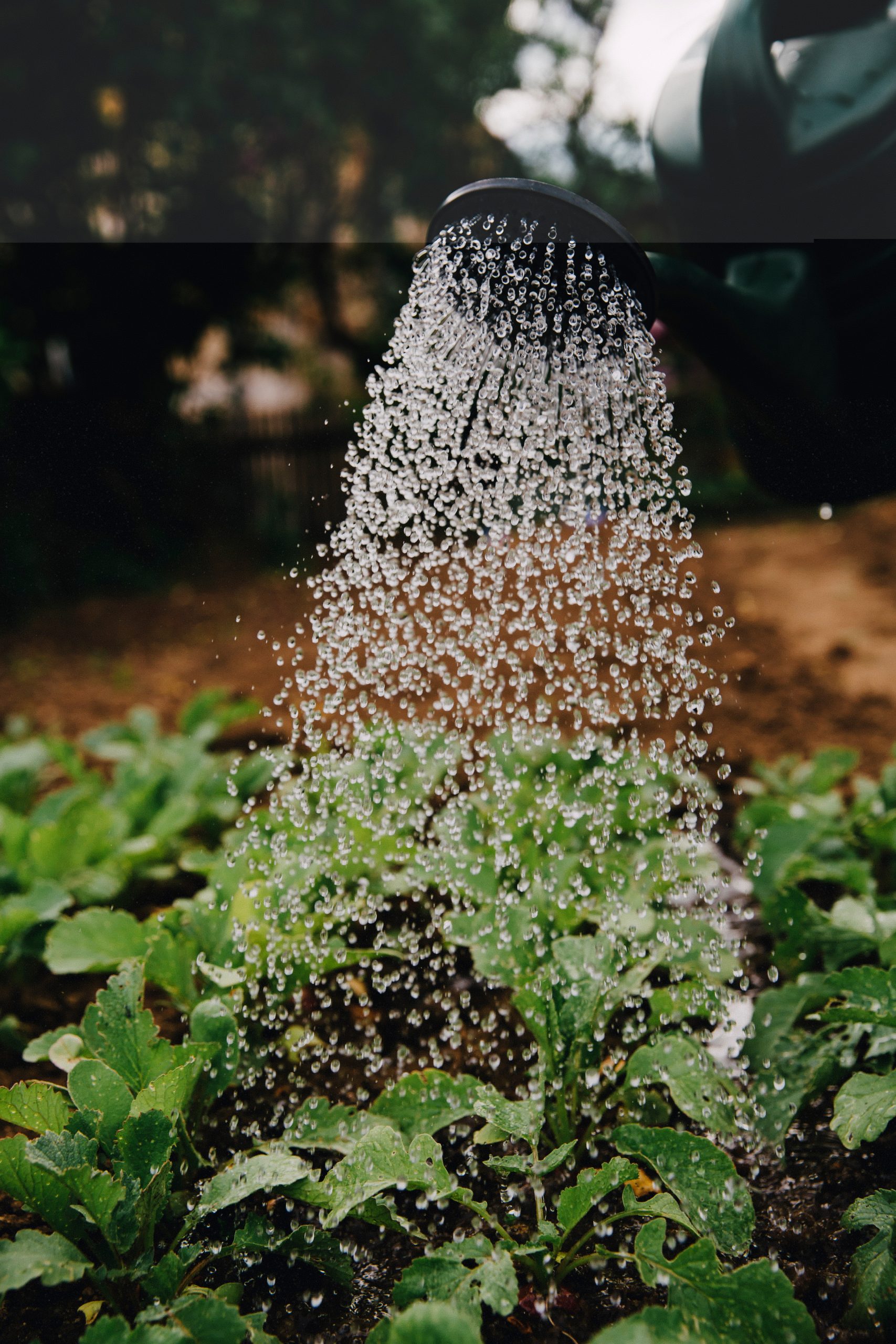What to do when you find yourself in an air quality emergency
What to do when you find yourself in an air quality emergency
We’ve all been on the other side of the highway when an accident snarls traffic for miles behind it, and our lanes of traffic slow down but continue to move. Whew, glad I wasn’t on that side, we think…but sadly sometimes we may find ourselves stuck in an air quality emergency that requires calm, decisive action to quickly get to safe air.
On Wednesday, November 8, 2023, a fire at a small chemical plant north of Houston sent plumes of black smoke into the air. According to the Reuters report on November 9, Sound Resource Solutions blends, packages and distributes oilfield and other industrial chemicals including sulfuric acid, acetone and petrochemicals like xylene and toluene, according to the company's website. These are chemicals that are acutely toxic with the potential to cause serious eye, skin and organ damage, as well as carcinogenic.
A news article from a Houston news station released the list of chemicals that had been stored on the site during the last 2 years, which confirmed they are quite toxic.
However, despite the smoke and shelter-in-place orders (which have been lifted), it seems that officials are downplaying the possible effects.
According to a Houston news channel video the day after the fire was extinguished (Nov. 9), the Texas Commision on Environmental Quality was monitoring the air and “did not detect any levels of concern from the samples”.
In the same video, an official from the University of Houston said that rain would wash any chemicals out of the air, dilute them out and they eventually go into the ocean.
Here are the problems we see with these assessments: black smoke was seen moving north toward Livingston, Texas. Such smoke carries a lot of particulates, which will deposit on businesses and residents’ homes, vehicles and farms (food sources), as well as drinking water facilities. Also, by our estimates, Shepherd, Texas is 50-60 miles from Trinity Bay, which is open to the Gulf of Mexico. In order to get to the ocean (Gulf of Mexico), the particulates and chemicals will pass through many drinking water sources! Once again, it’s probable that authorities are not releasing timely information about hazardous levels of chemicals in the air (and no water reports were discussed).
If you find yourself in an emergency area like Shepherd, Texas, it’s best to do one of two things: stay inside and implement air quality containment measures, or drive out of the area as soon as possible. Here are our recommendations:
If you choose to stay inside:
Close all windows and turn off air conditioning and heating systems if possible.
Although most HVAC systems don’t have fresh air intakes, you should close these intakes if they do.
Don’t use exhaust fans like the kitchen or bathroom exhaust fans. Don’t use clothes dryers, either! Each of these pull air out of the house, which consequently draws air into the home through cracks in windows and other penetrations.
If you have air purifiers, run them continuously. If you have only one purifier, run it in one small room where you can shelter for most of your time. If you don’t have an air purifier, here's how to make one using a box fan and a MERV-rated filter.
Don’t cook if possible; try eating canned food or food that doesn’t require cooking or heating. The reason is that cooking and heating food releases even more VOCs into the air, and you shouldn’t vent these with the exhaust fan.
Monitor AirNow.gov for local air quality updates, because the air quality outside your home will eventually be the air quality in your home. If air quality outside deteriorates, you may want to gather supplies and necessities and evacuate via car.
Use bottled (preferable) or home-filtered water until you are sure that tap water has not been contaminated (which may be weeks or months).
If you evacuate:
Make sure that the HVAC in your home is turned off and all windows/doors are closed before you leave. You can leave air purifiers running in your home, however.
Make sure you use the best masks you have until you get out of the area. Exchange your mask for a new one if you start to have trouble breathing.
Spend as little time outside as possible.
When driving, keep your air conditioner set to “recirculation” mode until you get out of the danger area.
Bring/buy bottled water.
Monitor AirNow.gov for local air quality updates and check updates by local news authorities.
Upon returning home, clean carefully and thoroughly! We have recommendations in our article here.
Note that smoke particles, which can contain toxic chemicals, will deposit on the ground, making it easy for people and pets to bring them into the house, so you may want to be vigilant about removing shoes and cleaning pets’ paws when you can.
Many people live or drive within range of being affected by toxic spills, fires and environmental disasters, so your best bet is being prepared (and have a healthy skepticism of all-clear reports until you can research the situation).Photo by irfan hakim on Unsplash



